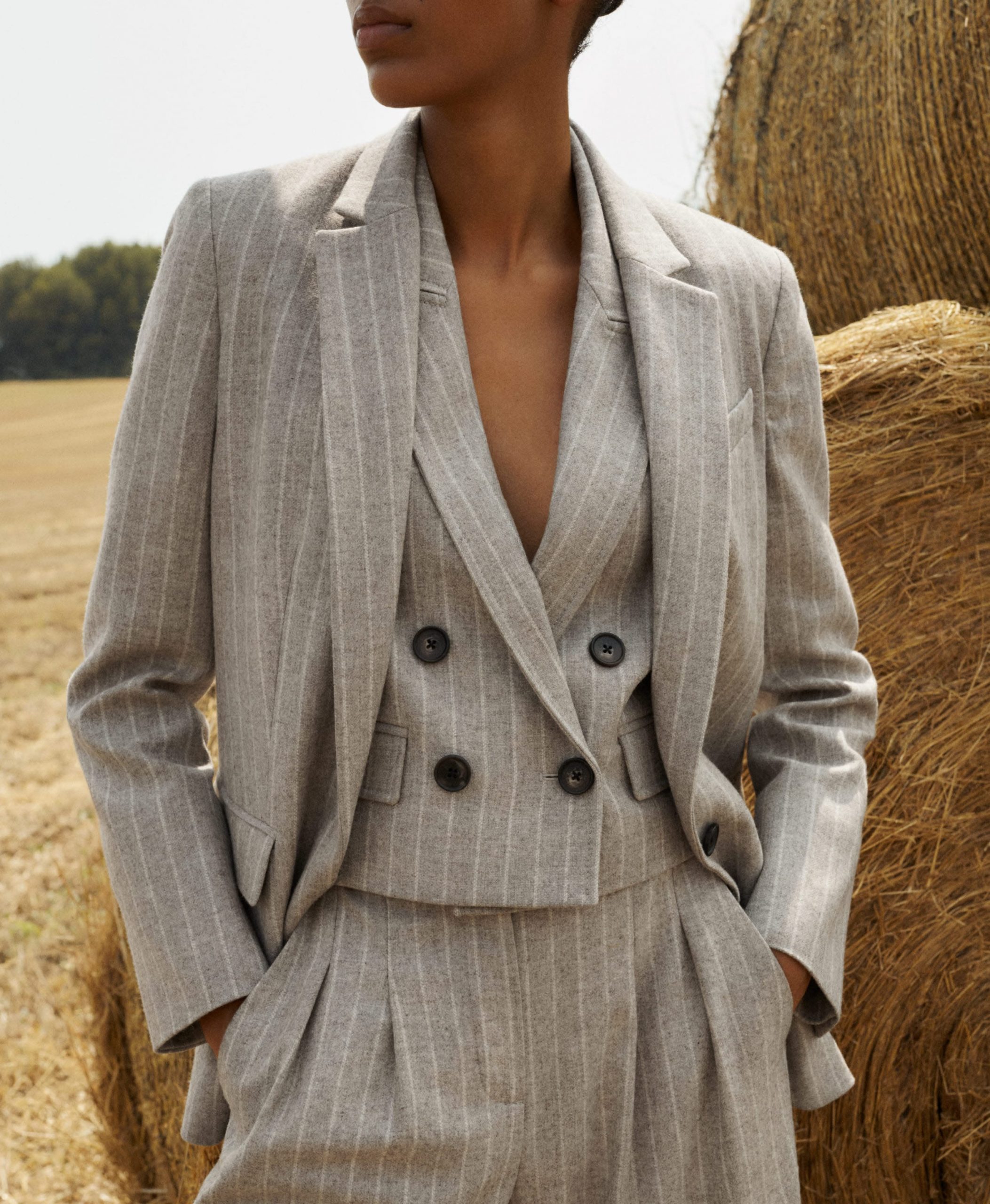The History of Denim: From Workwear to Fashion Icon
Clothing / / May 04, 2023

Denim is a fabric that has stood the test of time, evolving from humble workwear to a fashion icon beloved by people all over the world. Its durable and versatile nature has made it a staple in wardrobes for decades. In this article, we will delve into the rich history of denim, tracing its origins from its utilitarian roots to its transformation into a symbol of rebellion, youth culture, and high fashion.
Origins and Early Use
The history of denim can be traced back to the 17th century in Nimes, France, where a sturdy fabric called “serge de Nimes” was produced. The word “denim” is believed to have originated from the French term “de Nimes.” However, it was not until the mid-19th century that denim as we know it today began to take shape.
In 1853, Levi Strauss, a German immigrant, partnered with Jacob Davis, a tailor, to create sturdy work pants for gold miners in California. They used a fabric called “duck,” but found it wasn’t durable enough for the rough conditions of the mines. They then switched to denim, which proved to be more resilient. To reinforce stress points like pockets and fly, they added metal rivets, which is now a signature feature of denim jeans.
The Birth of Blue Jeans
In 1873, the first pair of blue jeans was born – the iconic Levi’s 501. Initially designed as workwear for laborers and miners, blue jeans gained popularity for their durability and practicality. Over time, they became associated with the American frontier and the rugged image of the Wild West.
The 1950s: Denim and Rebellion
In the 1950s, denim began to transcend its workwear origins and became a symbol of rebellion and youth culture. Movies like “Rebel Without a Cause” and “The Wild One,” starring James Dean and Marlon Brando, respectively, showcased denim-clad characters who embodied a sense of non-conformity and rebellious spirit. Teenagers embraced denim as a way to express their individuality and reject the conservative norms of the time.
The 1960s and 1970s: Denim in the Counterculture Movement
During the 1960s and 1970s, denim continued to be associated with counterculture movements like the hippie and anti-establishment movements. It became a symbol of anti-war protests and a rejection of traditional societal values. Tie-dye denim, patched jeans, and bell-bottoms became iconic fashion statements of the era.
Designer Denim and High Fashion
In the 1980s, denim underwent a transformation into a luxury and high-fashion item. Designers like Calvin Klein and Gloria Vanderbilt introduced designer denim lines, elevating denim jeans into a status symbol. The rise of designer denim was further fueled by celebrities wearing brands like Guess and Jordache, turning ordinary jeans into coveted fashion pieces.
The 1990s and Early 2000s: Denim Everywhere
The 1990s saw a proliferation of denim in various forms, from denim jackets and skirts to overalls and denim dresses. Denim became a staple in casual wear and street style, with both men and women incorporating it into their everyday fashion.
Denim Today: Sustainable and Customizable
In recent years, denim has not only evolved in style but also in its environmental impact. Sustainable denim brands have emerged, producing jeans using eco-friendly practices and materials. Recycling and upcycling denim have also become popular, allowing old jeans to be transformed into new garments or accessories.
Customization has also become a major trend in denim fashion. Distressed and ripped jeans, embroidered denim, and personalized patches have become ways for individuals to make their denim pieces unique and expressive of their personality.
The history of denim is a fascinating journey from its origins as sturdy workwear to its current status as a fashion icon. From the gold mines of California to the runways of high-end fashion shows, denim has retained its enduring appeal. Its ability to adapt to changing times and its association with rebellion, youth culture, and individuality have solidified denim as a symbol of freedom and self-expression. As denim continues to evolve, one thing remains certain – it will always be a timeless and beloved fabric cherished by people of all ages and backgrounds around the world.













Comments 0